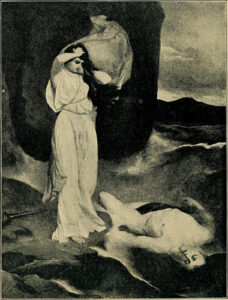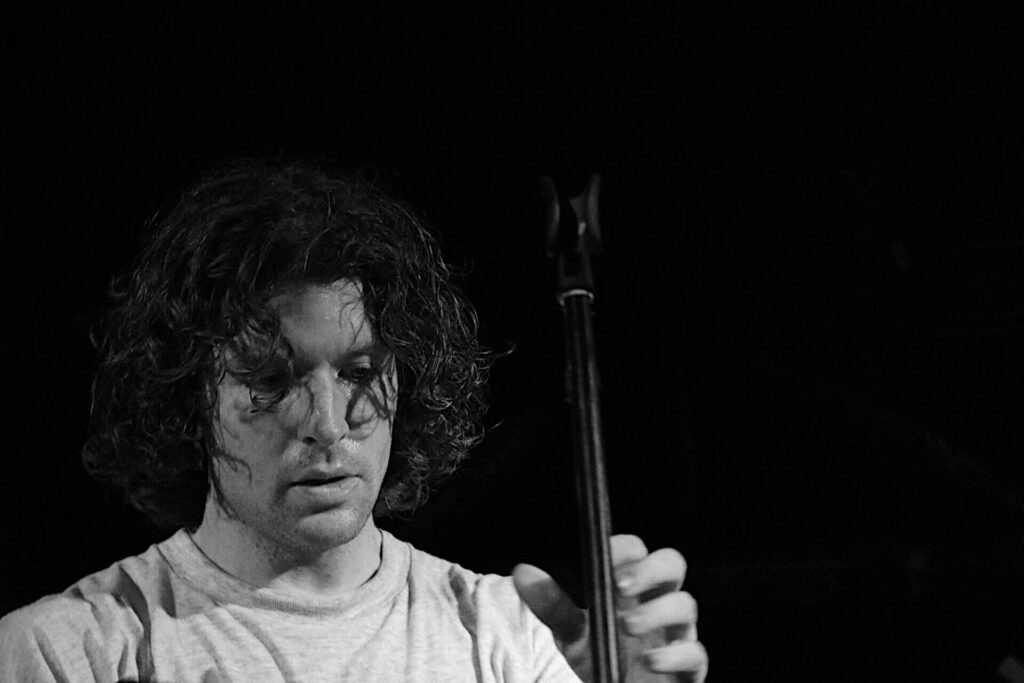The Special Edition Thursday: The Narcocorrido
Written by Ed Carrillo on December 6, 2018
Disclaimer: I do not condone the activities of Drug dealers/lords in any way, shape, or form. While the song included and discussed may highlight drug-related activity, the purpose of this feature is to highlight how the story telling of certain Mexican artists compare to Homer’s epic “The Odyssey.” Mexican culture is deeply rooted in narco-culture, and thus their music, for the last few decades, reflects these stories.
With Netflix’s “Narcos: Mexico,” Mexico’s dark beginnings in drug trafficking, after a tumultuous period in Mexican history, is exposed. An overlooked part in all of this attention is the music during the time and how it shapes these drug traffickers into legends. Throughout this time, many “Corrido” and “Norteño” artists dedicated songs to the drug trafficking business, reciting either experiences, both fiction and non-fiction. For today, we will focus on a fictional story of betrayal in “Contrabando y Traicon.”
“Contrabando y Traicion”
“Contrabando y Traicion” is credited as being the first “Narcocorrido” song. Originally written in 1972 by Ángel González, the song was interpreted by and the title track of the Los Tigres del Norte’s 1974 LP. In the song, we are introduced to two characters: a pair of lovers by the names of “Camelia la Tejana” and “Emilio Varela,” who are crossing the border with a car hiding “hierba mala” (marijuana). Going through the polka rhythm and modulated vocals, Jorge Hernandez (the singer) weaves us through the tale of the lovers crossing the Mexican border into California, eventually switching the tires out for cash. After the deed is done, Emilio lets Camelia know that he will be off to San Fransisco to be with the woman of his life (“La dueña de mi vida,” which is seen as a double entendre, leading the listener to either interpret it as “love of my life” or “my wife”). Filled with betrayal, Camelia ensures that Emilio never makes it to San Fransisco, shooting him seven times and fleeing with his share of the money – never to be seen again.
Hernandez provides the moral of the story as a one-shot chorus, while foreshadowing the rest of the story:
“Un hembra si quiere un hombre, (A woman, if she loves a man,)
Por él puede dar la vida (Can give him her life.)
Pero hay que tener cuidado (But one must be careful)
Si esa hembra se siente herida (If this woman feels hurt,)
La traición y el contrabando (Betrayal and contraband)
Son cosas incompartidas.” (Are incompatible things.)
Homer’s “The Odyssey”
So after all that, you must be wondering,”So how does this wannabe polka band out of San Jose, California who sings this song about betrayal compare at all to one of mankind’s greatest literary works and poets?” The song itself compares to Homer’s “The Odyssey” in more ways than one. If we consider it from a very basic standpoint, both are technically songs. “The Odyssey” itself was more-so intended to be recited orally accompanied by a string instrument (according to Luke Mastin of Classical Literature).

Digging more into it, Homer uses the folly of man and pitfalls of temptation as major themes within the Odyssey. Throughout the Odyssey, most of the problems that Odysseus faces are either brought upon by his own crew’s idiocy or his own. One major example that can compare to our song is when Odysseus reaches Circe’s island in Book 10. After overpowering Circe in a fight to turn his crew back to human (she turns them into pigs), he becomes Circe’s lover, staying on the island for over a year and delaying his voyage until his crew members convince him that it would be time to continue on. Odysseus, postponing his original goal for an unexpected pleasure, can be compared to the song in that our protagonist, Camelia, has a certain path set out in front of her at the beginning of her expedition. Upon the transaction, however, Emilio has other plans that derail the end goal of Camelia, who is then pushed to commit murder to continue on with her own odyssey, never to be heard of again.
Odysseus vs. Camelia
Odysseus and Camelia also share their journey in common, being met with different challenges through the different locations traveled. In Odysseus journey, he encounters Polyphemus-who eats his crew members, the island of the Sirens who attempt to crash his boat with their song, as well as the aforementioned island of Circe, to name a few. Camelia, meanwhile, also faces different challenges through the cities that she passes with Emilio: San Celemente where the border patrol stops them to ask where they are from, Los Angeles/Hollywood where they trade out the stuffed tires for their money, and when Emilio reveals that he is off to San Fransisco where Camliea is pushed to commit murder. In parallel, the use of the journey is to present to the audience the protagonist’s evolution throughout their respective stories.
Framework for Future Epics
In conclusion, as Homer’s “The Odyssey” essentially set up the framework for future epics through the vast adventures his protagonist undertakes, Los Tigres del Norte’s “Contrabando y Traicon” would do the same in that it would give a framework for future Narcocorrido artists to thrive in the ever-evolving genre. While the Narcocorrido genre has progressed into more violent and glorified tales of what is happening around them, there is no doubt that Los Tigres del Norte interpretation brought to the world the Epics of Mexico.





